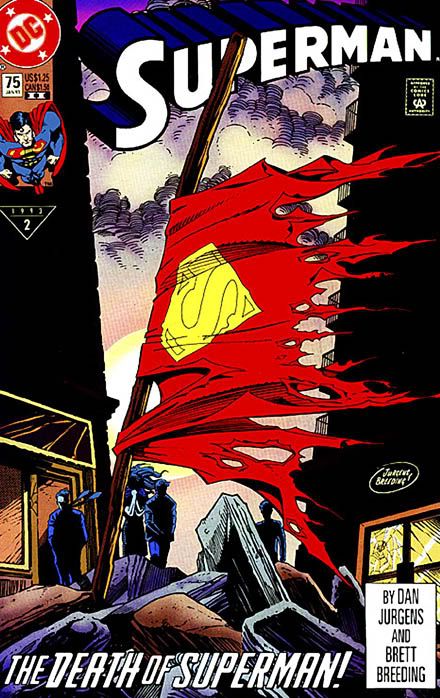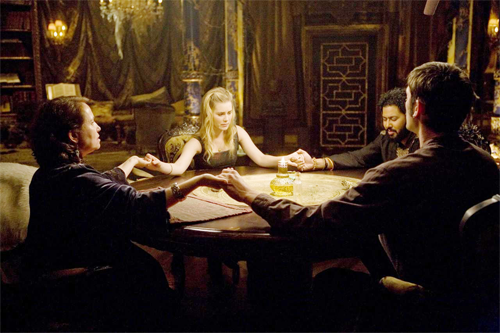
Vera Cruz was the second film Robert Aldrich made for the producing team of Burt Lancaster and Harold Hecht. It's also the second of four films Aldrich made with Lancaster. This establishes a pattern of relationships with actors. Aldrich frequently made films with collaborators with whom he was familiar and comfortable. Also in this film are Ernest Borgnine (later to appear in The Dirty Dozen) and Morris Ankrum (a holdover from Apache).
Made the same year as Apache, it shows the director growing in skill and confidence with leaps and bounds. This growth was undoubtedly aided by a much larger budget and by the visual opportunities afforded by filming in Mexico. The Mexicans, for their part, weren't too happy with the finished film, a fact that dogged later productions by other directors (notably Sam Peckinpah). This dislike might have been misplaced, as we shall see.
At its core, Vera Cruz is a buddy movie, the buddies in question being Ben Trane and Joe Errin, played by Gary Cooper and Burt Lancaster, respectively. Trane, our nominal hero, is a former Confederate officer trying to rebuild his fortunes in Mexico, while Errin is an amoral mercenary. The two have a grudging respect for each other, but no trust. This relationship, like many other elements of this film, prefigures the cynicism of the revisionist Westerns of the sixties and seventies, particularly the spaghetti westerns, most of which appear to have used this film as a blueprint.
Aldrich continues to expand on his examination of the outsider, and, as in Apache, provided lead characters who in their essential actions, are terrorists. This time, there is no vague moral justification. Joe Errin is motivated by greed. What are we to make of him? He's charming. I mean, look at this smile:

But he's willing to kill his friends, hold children as hostages, and in all other respects behave like a complete heel. Ben Trane, for his part, allows all this to happen until the end of the movie, when he has a (half-hearted) change of heart.
Aldrich again indulges in a critique of America from the left, slanting the film as an indictment of American interventionism in Latin America. The film notably sides with the Juaristas in their fight against the Emperor Maximillian and his lackey, the Marquis Henri de Labordere (played with a robust charm by Caesar Romero), even while our American "heroes" side with Maximillian and money. This is all fairly unheard of in the films of the time, let alone the Westerns. Film noir not withstanding, this level of moral ambivalence was very atypical of American cinema at the time, though, as it turns out, it's not atypical of Aldrich. This is, again, an example of the director sneaking leftist values into a right wing kind of entertainment and making it go down smooth. This is considerably more refined a job of smuggling than what he accomplished in Apache. This is also why the Mexican resistance to this movie might be misplaced. They took it as a slight that so few actual Mexicans had any part of this movie's on-camera world--the exception was Sara Montiel, whose character in this film was not one that the Mexican public admired--while overlooking the fact that the film was reflexively criticizing American exploitation. In other words, their concerns were the same as those of the film itself. Go figure.
Still and all, it's not a perfect film. While Alrdich was refining his themes and his techniques, there are still odd bits of editing that suggest that Aldrich didn't have his camera in the right place (again!) or that he neglected to film coverage. This is especially true in the final gunfight between Trane and Joe Errin. The film also suffers a bit from the casting of Gary Cooper, whose screen persona resists the moral ambiguity built into the screenplay. I've always thought it might have been interesting to swap Lancaster and Cooper. Aldrich could have built in the kind of surprise with Cooper that Leone later pulled with Henry Fonda in Once Upon A Time in the West. But it was not to be. Lancaster himself was a perfect fit, and this film is one of many in which Lancaster shows no fear for his screen image in choosing his parts. Set this one next to his performances in Seven Days in May, Elmer Gantry and Sweet Smell of Success.












































